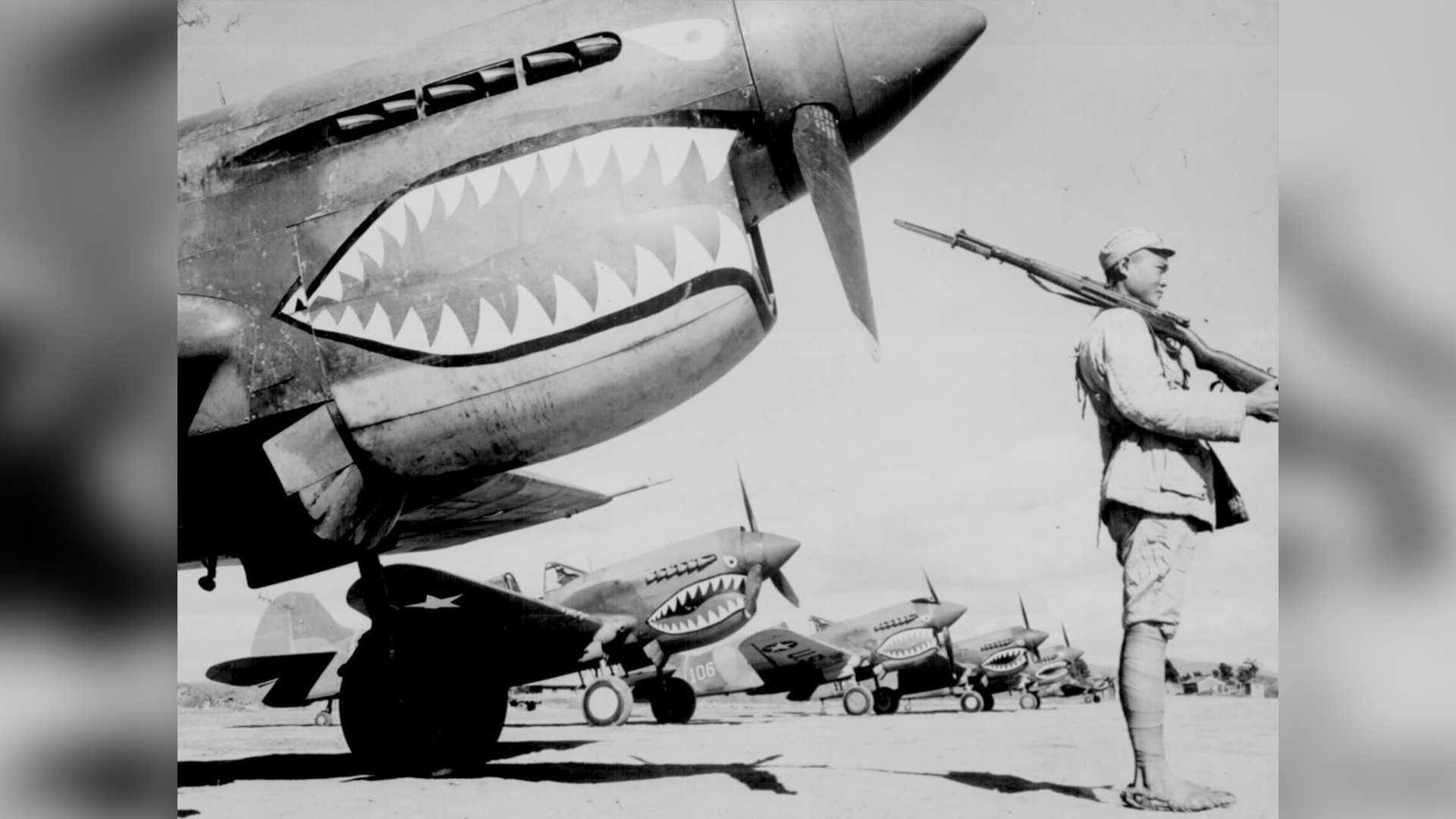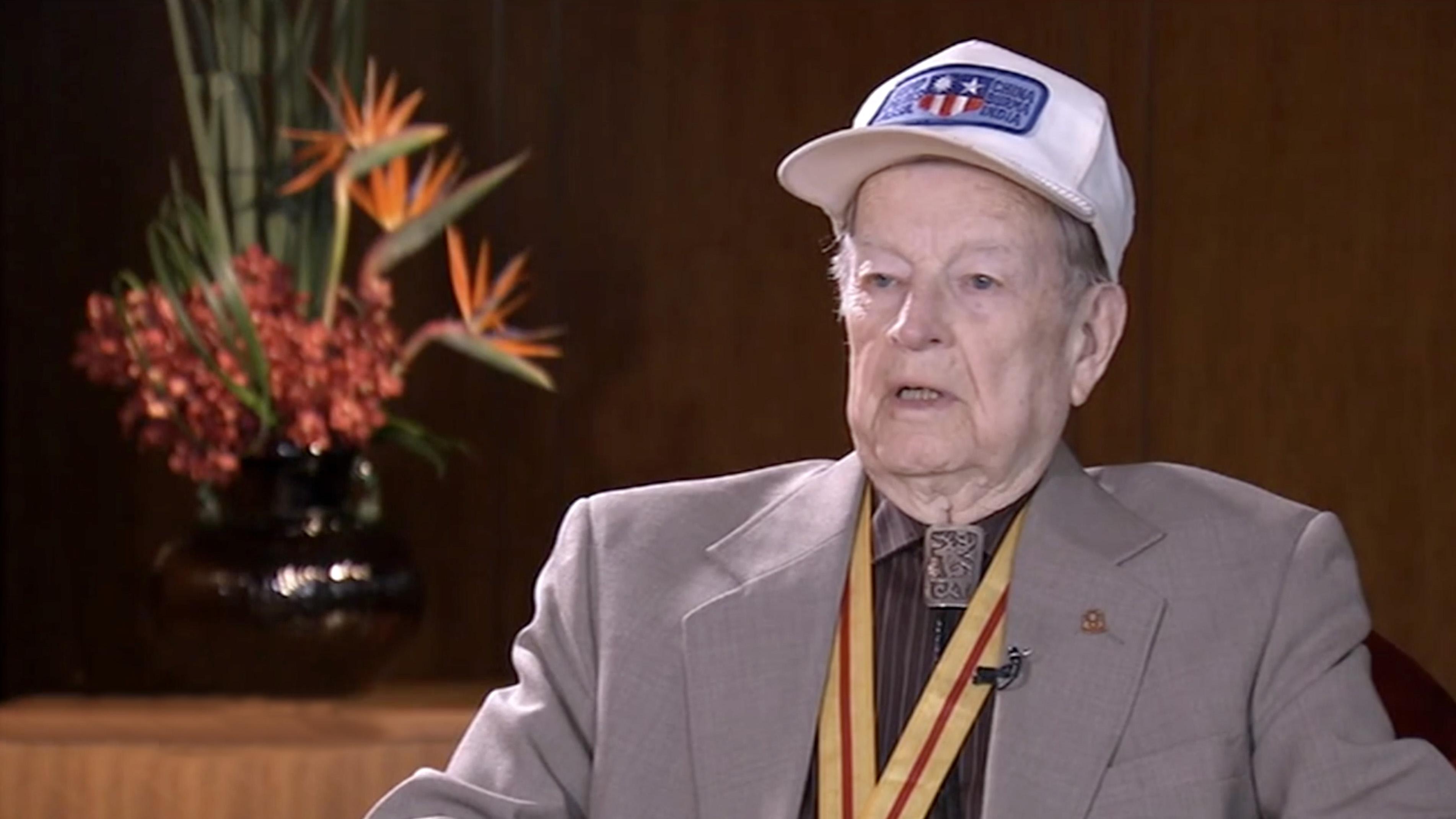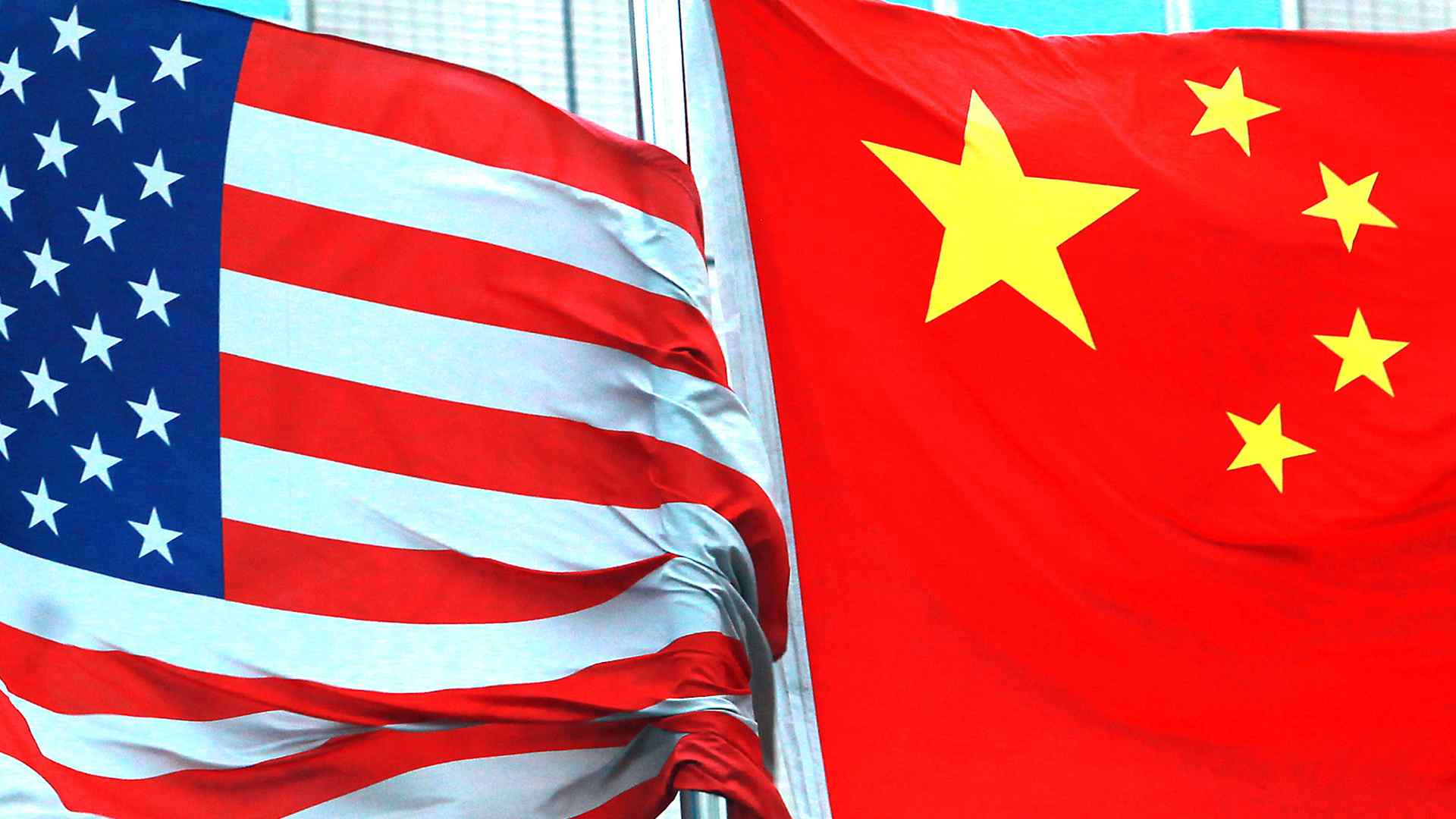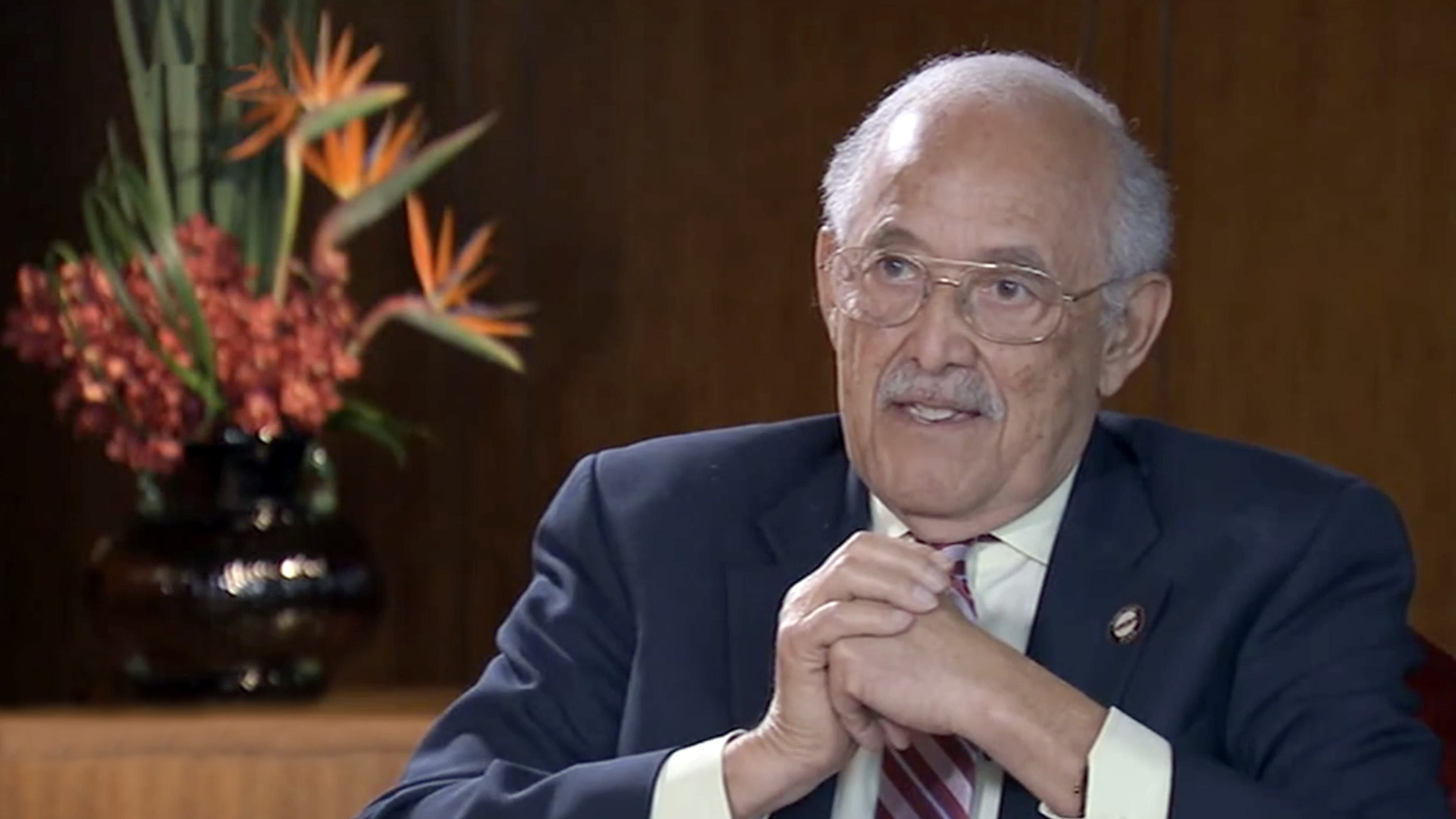
TV Show
22:15, 08-May-2019
Flying Tigers: The unforgotten China-U.S. alliance in WWII
Dialogue with Yang Rui
01:53

China and the United States were once allies in common cause against aggression. The First American Volunteer Group of the Chinese Air Force, nicknamed the Flying Tigers, was composed of pilots from the United States Army Air Corps, Navy, and Marine Corps, recruited under President Franklin Roosevelt's authority and commanded by Claire Lee Chennault.
During World War II, the flying tigers operated in an unprecedented mission called "the Hump"; a high altitude military aerial supply route between the Assam Valley in northeastern India and southwestern China. It became a lifeline for China's resistance against Japanese invasion and a symbol of China-U.S. cooperation.
The Flying Tigers were highly successful in combat, bringing down almost 300 Japanese aircraft. However, the success of the operation did not come easily. According to military records, the U.S. army provided 650,000 tonnes of supplies to China from 1942 to 1945. A total of 468 aircraft crashed along the Hump route with 1,314 crew members confirmed dead.
More than 70 years later, the Flying Tigers' legacy lives on. The largest private museum in China, Chengdu Jianchuan Museum, devotes a wing in its military section to the history of the Flying Tigers, including a tribute wall featuring a thousand porcelain images of members of the Flying Tigers as well as many historical artifacts from the era.
And in 2015, the Flying Tiger Heritage Park was opened in Guilin in collaboration with the American Flying Tiger Historical Organization.
Jay Vinyard, a 96 years old veteran, conducted the mission of the Hump route, a high altitude military aerial supply route between the Assam Valley in northeastern India and Yunnan Province in southwestern China. It was one of the most dangerous transportation lines on this planet.
00:20

Born in Arkansas, U.S., on August 7, 1923, Jay Vinyard could never have known how tough a flying mission could be until he was summoned to join the Flying Tigers, an air unit supported covertly by the United States against Japan's aggression in China.
Forgotten Ally: China's World War II 1937-1945, a book written by Rana Mitter shows that China's huge contribution in the WWII has been ignored by the west, despite China's battlefield suffering over 30 million casualties of civilians and service men during the anti-Japanese aggression in the WWII.
00:51

The 2015 China Victory Day parade was a military parade held along Changan Avenue in Beijing, on September 3, 2015 to celebrate the 70th anniversary of victory over Japanese aggression in World War II.
Reviewing history could help to improve China and the U.S. relationship step by step and solve the trust deficit problems as bilateral relations met bumpy roads.
01:59

(If you want to contribute and have specific expertise, please contact us at opinions@cgtn.com)

SITEMAP
Copyright © 2018 CGTN. Beijing ICP prepared NO.16065310-3
Copyright © 2018 CGTN. Beijing ICP prepared NO.16065310-3